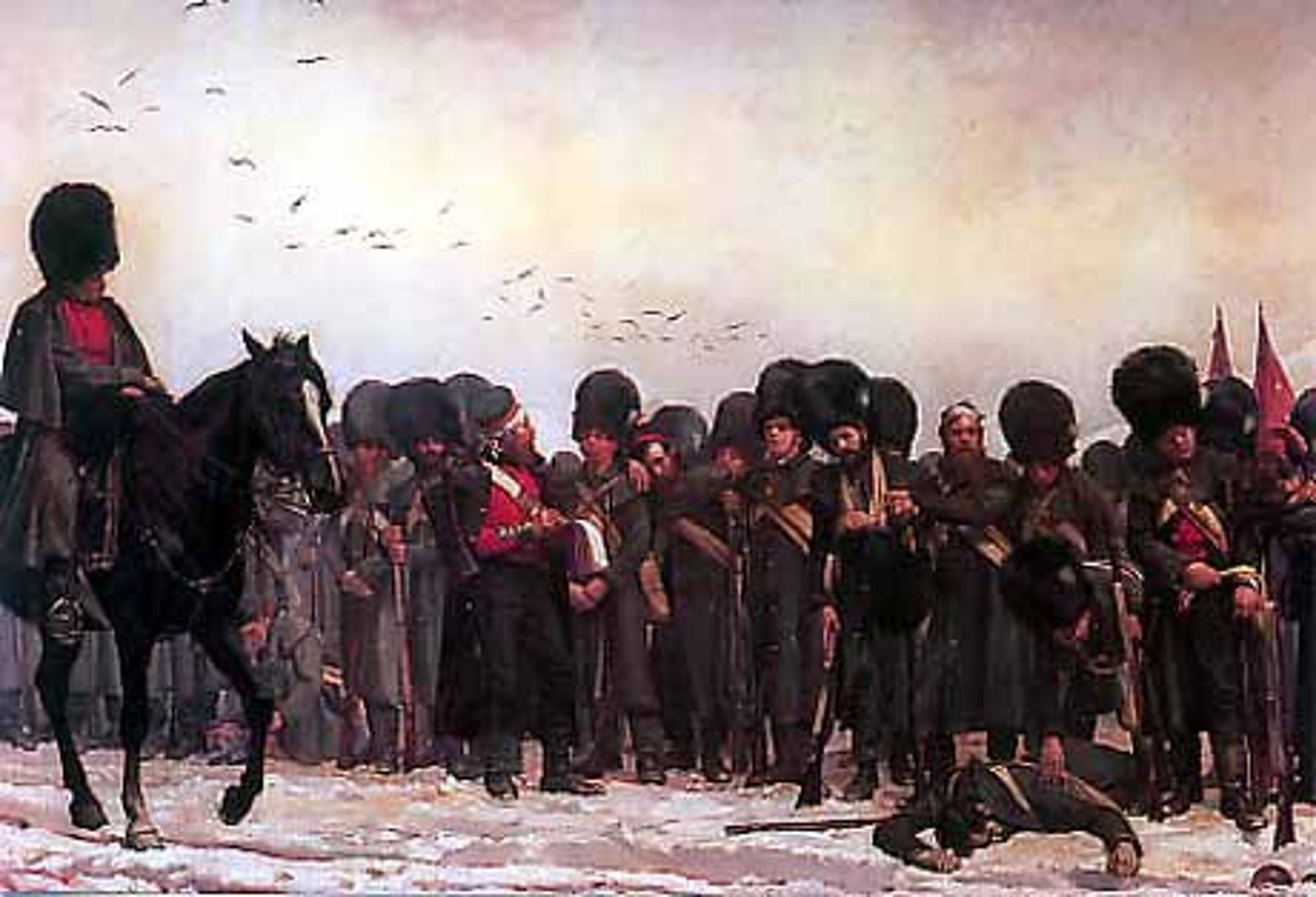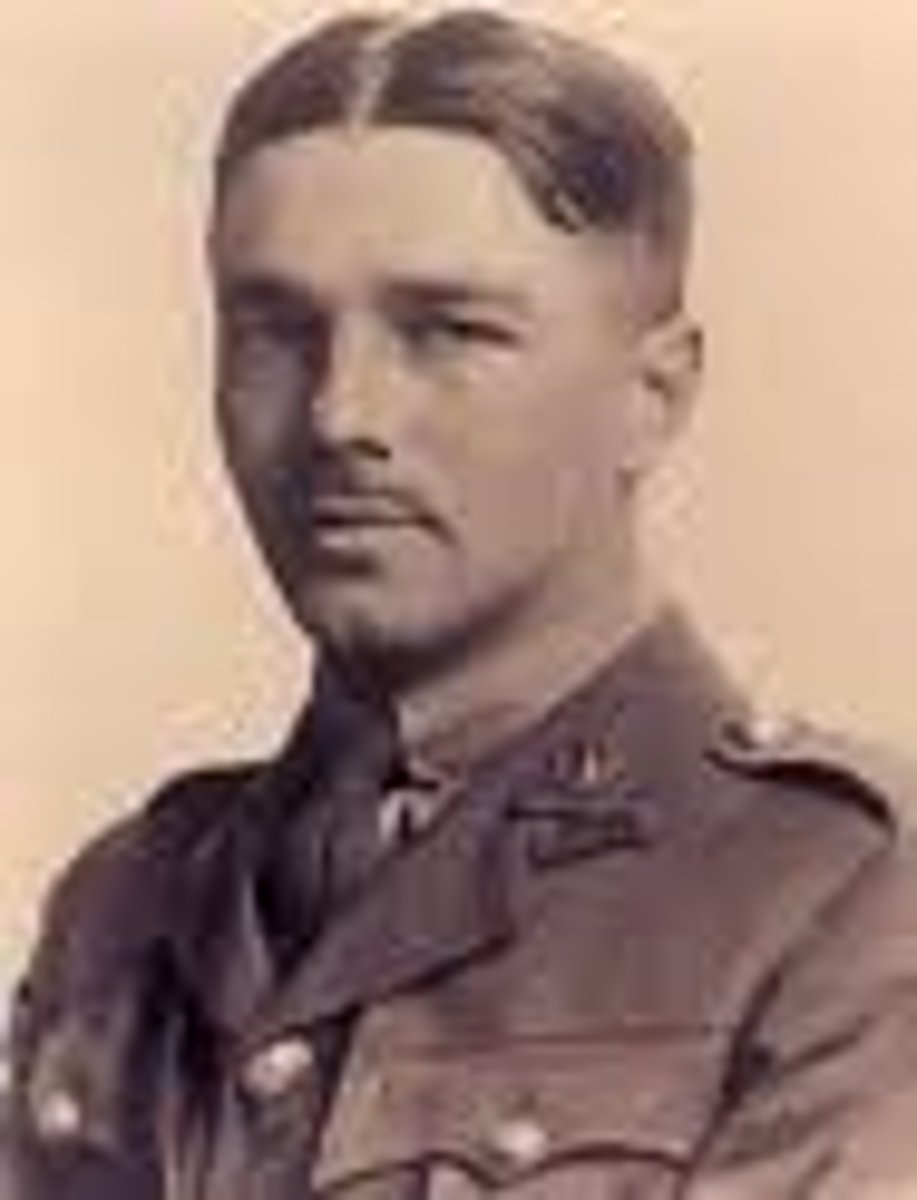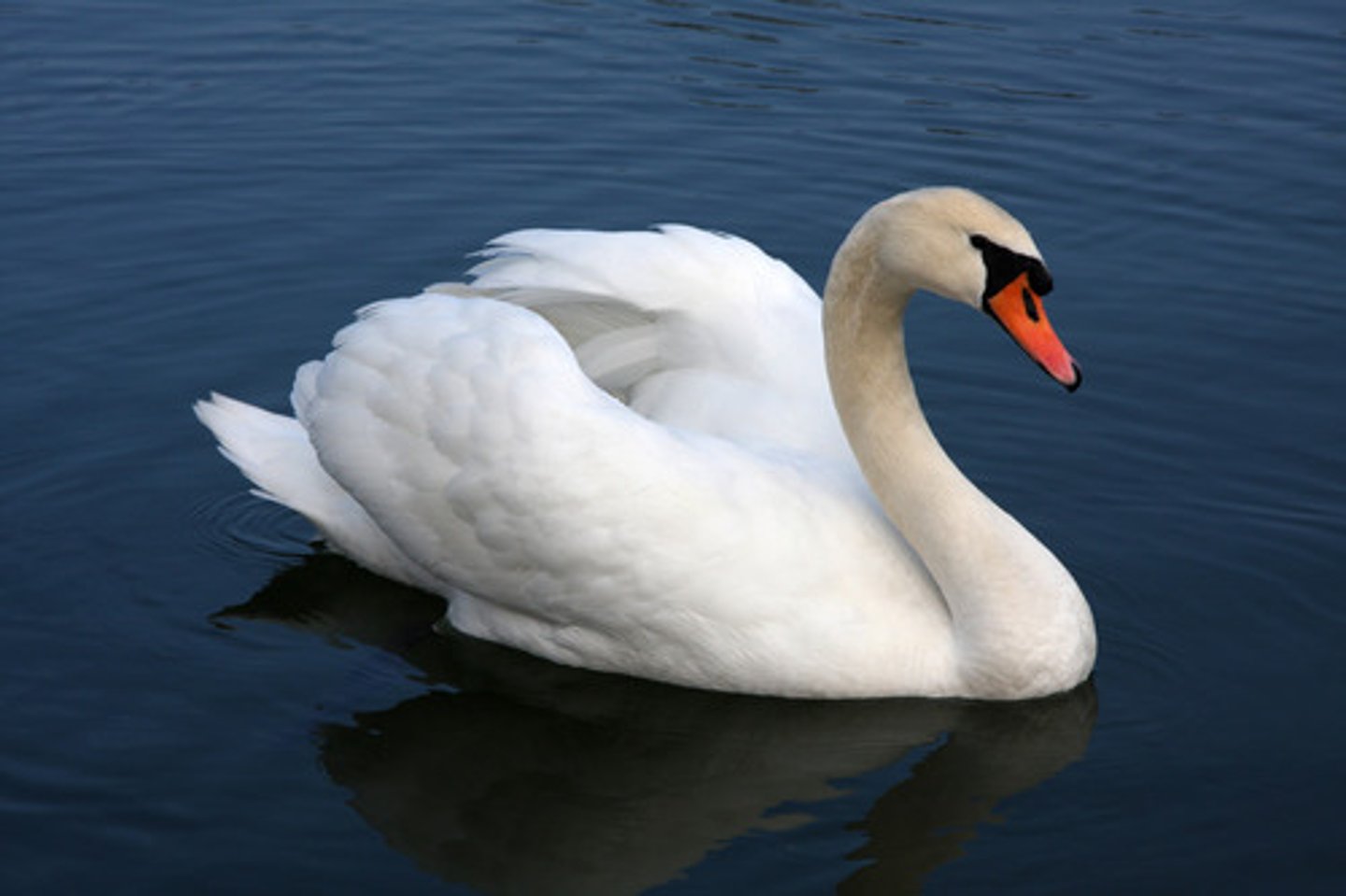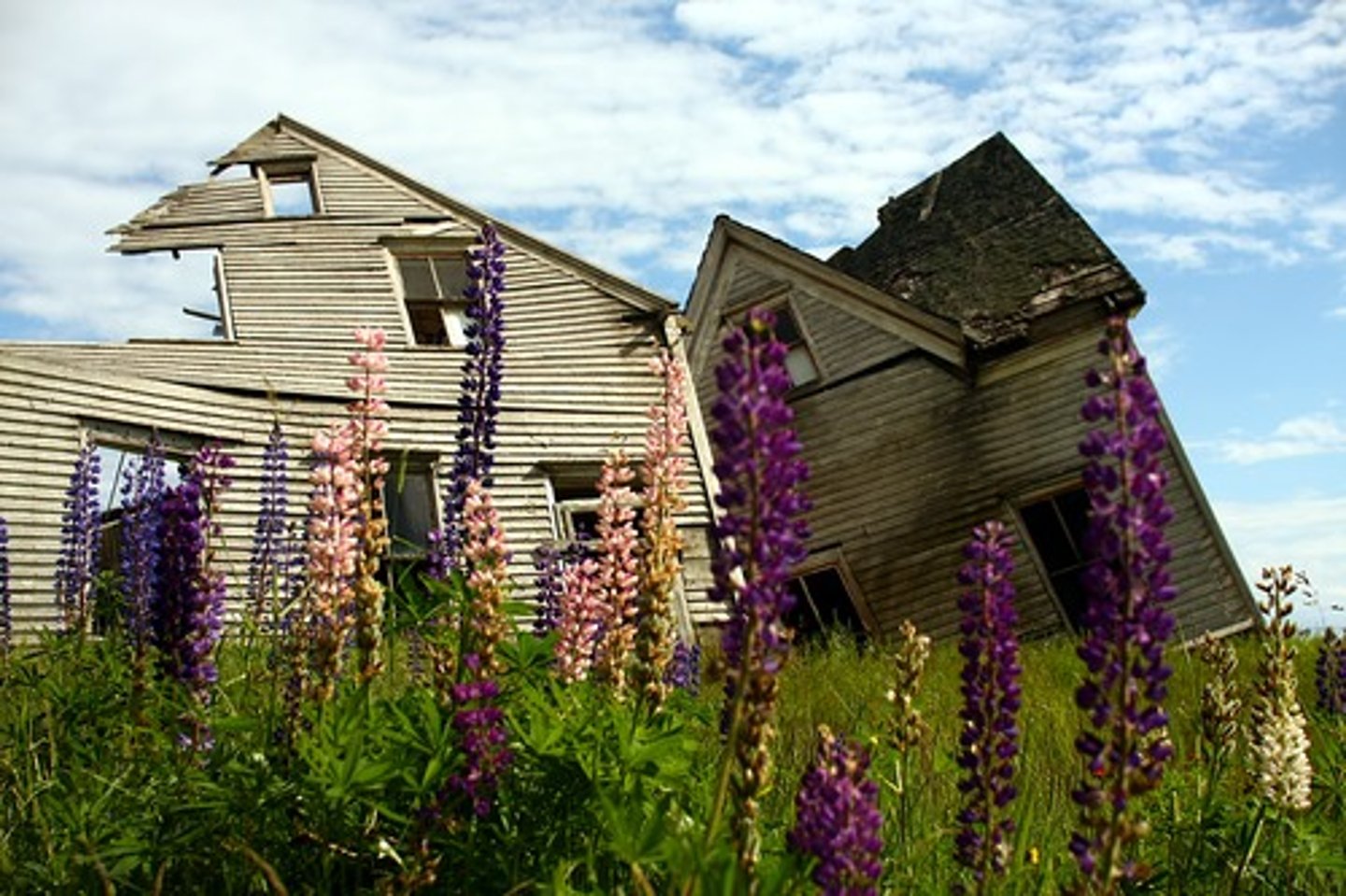Poetry Anthology Quotes
1/40
There's no tags or description
Looks like no tags are added yet.
Name | Mastery | Learn | Test | Matching | Spaced |
|---|
No study sessions yet.
41 Terms
The key theme in The Charge of the Light Brigade is ... as these soldiers fight for their country even if their orders lead to their death.
Patriotism
In The Charge of the Light Brigade, the quote ... uses repetition to convey the image of a army marching.
"Half a league, half a league, half a league onward,"

The quote ... shows that the Light Brigade knew that the orders were suicidal, but they follow them anyway for their own safety against the Leader.
"Not tho' the soldier knew some one had blunder'd. Theirs not to make reply, Theirs not to reason why, Theirs but to do and die:"

In the Charge of the Light Brigade, the repetition of ... is used to highlight inequality of the opposing sides. One is a team of 600 on horses with swords - the other is a army with lots of cannons.
"Cannon to the right of them, cannon to the left of them, cannon behind them,"
The vivid imagery used by Tennyson in... is used to highlight the danger and the sacrifice they had to make. Again, it shows how unfair the fight is to the Light Brigade.
"Into the jaws of Death, into the mouth of Hell rode the six hundred.."
The whole of stanza four has rhyming triplets to emphasise the bravery of the Light Brigade. Also, the repetition of "not" is used to emphasise the great lost of life the Charge cost.
"Flashed all their sabres bare,
Flashed as they turned in air
Sabring the gunners there,
Charging an army, while
All the world wondered.
Plunged in the battery-smoke
Right through the line they broke;
Cossack and Russian
Reeled from the sabre stroke
Shattered and sundered.
Then they rode back, but not
Not the six hundred."
Alfred Lord Tennyson changes the tone in the last stanza to produce a tone change at his disbelief at how brave they were. He ends the poem with the message of "Honour their bravery."
"Honour the charge they made! Honour the Light Brigade! Noble six hundred!"

Exposure by... is a poem about how the real killer in WW1 was not bullets, bombs or gunfire - it is the merciless weather, murdering more soldiers than the opposition.
Wilfred Owen

Wilfred Owen uses personification in the quote ... to show how harsh the wind is towards those in the trenches.
"Merciless iced winds that knife us..."
Wilfred Owen uses the simile ... to show a gruesome image of dead soldiers in no-man's land.
"Like twitching agonies of men among the brambles,"
Wilfred Owen uses a oxymoron to convey the low morale the soldiers have.
"misery of dawn"
Wilfred Owen uses a semantic field to show the dull, greyness of the overcast weather is like an army.
"Dawn massing in the east her melancholy army attacks once more in ranks on shivering ranks of grey"
Wilfred Owen uses the alliteration of ... to cast a sinister image of these snowflakes as killers, disturbing the otherwise nonthreatening image.
"With sidelong flowing flakes that flock, pause and renew,"
Wilfred Owen's poem is about the power of ... so it can link to The Prelude, Ozymandias, Kamikaze and Storm on the Island.
Nature
The sculptor could see the cruelty/meanness in Ozymandias' face and chiselled it into the statue. (SHOWS HIS ARROGANCE)
"Whose frown and wrinkled lip and sneer of cold command,"
Ozymandias is so arrogant and cocky, he thinks he is above everyone, including God.
"Look upon my works, ye Mighty, and despair!"
Shelley uses imagery to get the point that nothing of Ozymandias' is left. And even if it is, it's in thousands of pieces.
"colossal wreck"

Shelley uses the letter "b" as a plosive to emphasise the vastness and sheer power of this otherwise desolate desert.
"boundless and bare"

The structure of Ozymandias is a sonnet, as it has ...? This is known as iambic pentameter.
14 lines and 10 syllables.
Ozymandias is about the power of nature, but mostly the power of time. It is also about the power of authority. What else can it link to?
My Last Duchess
The Prelude is a .... poem as it happened in the poet William Wordsworth's life.
Autobiographical
Lines 1 to 20 in The Prelude is about the ... of nature. Wordsworth is a Romantic Poet so most of this work is about the ... of nature.
Beauty
Wordsworth uses a oxymoron in the quote ... to show that he feels some guilt for stealing the boat, but it feels good all the same.
"Troubled Pleasure,"
Wordsworth uses a simile and a oxymoron in the quote ... to show how the boat moved gracefully and elegantly.
"Went heaving through the water like a swan;"

Lines 21 to 29 of The Prelude show that something is a little off- Nature is now shown as a ... against Wordsworth's life.
Threat
The change in tone in The Prelude can be seen in this big quote here:...? It shows that nature isn't what it seemed - it is powerful and can be seen as a monster.
"a huge peak, black and huge, as if with voluntary power instinct, upreared its head."

Lines 29 to 44 show that the threat of nature has changed Wordsworth's views. The quote ... shows that his encounter has changed him.
"By day, and were a trouble to my dreams."

Storm on the Island by Seamus Heaney is about the power of ... affecting the inhabitants of the island.
Nature
Heaney uses the metaphor... to show how much damage the winds can really cause.
"leaves and branches can raise a tragic chorus in a gale,"

Heaney uses alliteration in the quote... as the "f" sound creates a sinister image of the storm.
"So that you can live in fear forgetting that it pummels your house too."

Storm on the Island has a quote that shows that nature isn't protecting the humans on the island - nature is in control and is making life hell down there...
"No natural shelter,"
Heaney has a clever use of a simile in the quote... to show that the sea can suddenly turn dangerous in a storm.
"Like a tame cat turned savage,"

Heaney uses a oxymoron in the quote... to suggest that the wind is invisible, so it shouldn't be feared, but is due to the raging storm.
"Strange, it is a huge nothing that we fear."
Storm on the Island is a poem about the power of nature, so it can link to Ozymandias and The Prelude.
(... in the answer box if needed)
...
Remains by Simon Armitage can be linked to the theme of emotional...
Conflict
Remains is about a soldier who kills someone while on duty and is ... by the idea of it.
Haunted

Simon Armitage uses the quote ... to show multiple themes.
Firstly, he uses colloquial language to connect with the reader and repeats "probably armed, possibly not," throughout the poem to show the soldiers conflict - was killing the looter justifiable?
"And one of them legs it up the road, probably armed, possibly not."
Simon Armitage uses the quote ... to convey the vivid image of this looter being shot.
"I see every round as it rips through his life,"
Simon Armitage uses sibilance in the quote... to continue the disturbing image that is imprinted into his memory.
"His blood-shadow stays on the street,"
Simon Armitage uses the quote ... to show that he cannot get the incident out of his head. Even when he is asleep, or even when he goes to desperate measures to get rid of the memory, the looter is stuck with him.
"Sleep, and he's probably armed, possibly not, dream, and he's torn apart by a dozen rounds. And the drink and drugs won't flush him out - he's here in my head when I close my eyes, dug in behind enemy lines,"
Remains is about emotional conflict, so it link to...
The Prelude